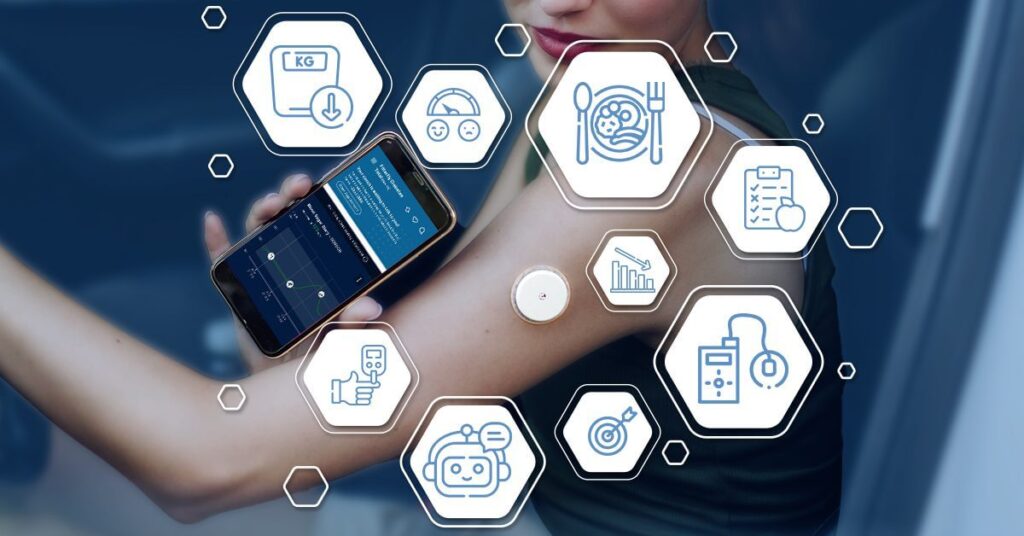In recent years, automating blood glucose monitoring has become a focal point in diabetes care innovation. The integration of advanced technology is transforming how individuals manage their diabetes, offering unprecedented precision and convenience. This blog explores the latest advancements in this field and their impact on diabetes management.
Understanding Blood Glucose Monitoring
The Importance of Blood Glucose Monitoring
Monitoring blood glucose is essential to managing diabetes. Regularly checking blood glucose levels helps individuals with diabetes manage their condition, prevent complications, and maintain overall health. Traditionally, this monitoring has been done manually using glucometers, which require frequent finger-pricking and can be inconvenient.
The Need for Automation
Despite the effectiveness of traditional monitoring methods, there is a growing need for more efficient solutions. Manual monitoring can be cumbersome and may not provide real-time data, which is crucial for optimal diabetes management. Automating blood glucose monitoring addresses these challenges by introducing technologies that offer continuous, accurate, and less intrusive monitoring.
Advances in Automation Technology
Continuous Glucose Monitoring (CGM) Systems
One of the most significant advancements in automating blood glucose monitoring is the development of Continuous Glucose Monitoring (CGM) systems. These devices continuously measure glucose levels in the interstitial fluid, providing real-time data without the need for frequent finger sticks. Under-the-skin sensors on CGMs send glucose measurements to a receiver or smartphone app.
Smart Insulin Pens
Another innovative technology is the smart insulin pen. These pens are designed to automate insulin delivery and track glucose levels, offering a more integrated approach to diabetes management. Smart insulin pens can be paired with CGMs to adjust insulin doses based on real-time glucose readings, improving the accuracy of treatment.
Automated Insulin Delivery Systems
Automated insulin delivery systems, also known as “artificial pancreas” systems, represent a major leap in automating blood glucose monitoring. These systems combine CGMs with insulin pumps to automatically adjust insulin delivery based on glucose levels. By continuously monitoring glucose and adjusting insulin infusion, these systems aim to maintain optimal glucose control with minimal user intervention.
More Read About: New Diabetes Research Links Blood Glucose Levels and Voice Pitch
Benefits of Automated Blood Glucose Monitoring
Enhanced Accuracy and Precision
Automated systems offer enhanced accuracy compared to traditional monitoring methods. Continuous monitoring provides a more comprehensive view of glucose fluctuations throughout the day, enabling more precise adjustments to treatment plans. This increased accuracy can lead to better overall glucose control and reduced risk of complications.
Improved Convenience and Comfort
Automating blood glucose monitoring eliminates the need for frequent finger-pricking, making the process more comfortable and less intrusive. The convenience of continuous monitoring allows individuals to track their glucose levels in real-time without interrupting their daily activities. This ease of use encourages more consistent monitoring and better adherence to diabetes management plans.
Real-Time Data and Insights
One of the most significant advantages of automation is the availability of real-time data. Continuous monitoring systems provide instant feedback on glucose levels, allowing for prompt adjustments to treatment. Real-time insights can help individuals make informed decisions about their diet, exercise, and medication, leading to improved overall management of their condition.
Challenges and Considerations
Cost and Accessibility
While automated blood glucose monitoring technologies offer numerous benefits, they can be expensive and may not be accessible to all individuals. The cost of CGMs, smart insulin pens, and automated insulin delivery systems can be a barrier to widespread adoption. Efforts are needed to make these technologies more affordable and accessible to a broader population.
Data Privacy and Security
The integration of technology into diabetes management raises concerns about data privacy and security. Automated systems collect and transmit sensitive health information, making it essential to implement robust security measures to protect user data. Retaining user trust requires that these systems abide with privacy legislation and standards.
Technology Adoption and Training
Adopting new technologies can be challenging for some individuals, particularly those who are not tech-savvy. Training and support are essential to ensure that users can effectively utilize automated systems and integrate them into their daily routines. Healthcare providers play a key role in educating patients about these technologies and helping them transition to automated monitoring.
Future Directions in Automated Blood Glucose Monitoring
Innovations on the Horizon
The field of automated blood glucose monitoring is rapidly evolving, with ongoing research and development aimed at improving existing technologies and introducing innovations. Future advancements may include more sophisticated sensors, enhanced data analytics, and integration with other health management tools. These innovations have the potential to further enhance the effectiveness and convenience of automated monitoring systems.
The Role of Artificial Intelligence
Artificial intelligence (AI) is expected to play a significant role in the future of automated blood glucose monitoring. AI algorithms can analyze vast amounts of data to predict glucose trends, optimize insulin delivery, and provide personalized recommendations. The integration of AI into automated systems could lead to even greater precision and effectiveness in diabetes management.
Conclusion
Automating blood glucose monitoring represents a major advancement in diabetes care, offering numerous benefits in terms of accuracy, convenience, and real-time data. As technology continues to evolve, these systems are poised to transform how individuals manage their diabetes and improve their overall quality of life. While challenges remain, ongoing innovation and research will drive progress and make these technologies more accessible to those who need them.


